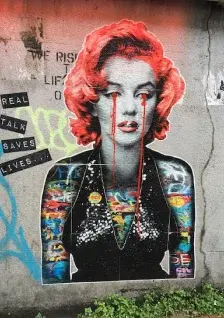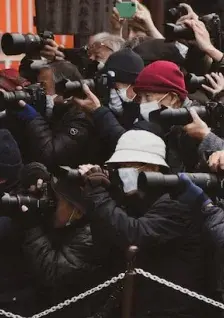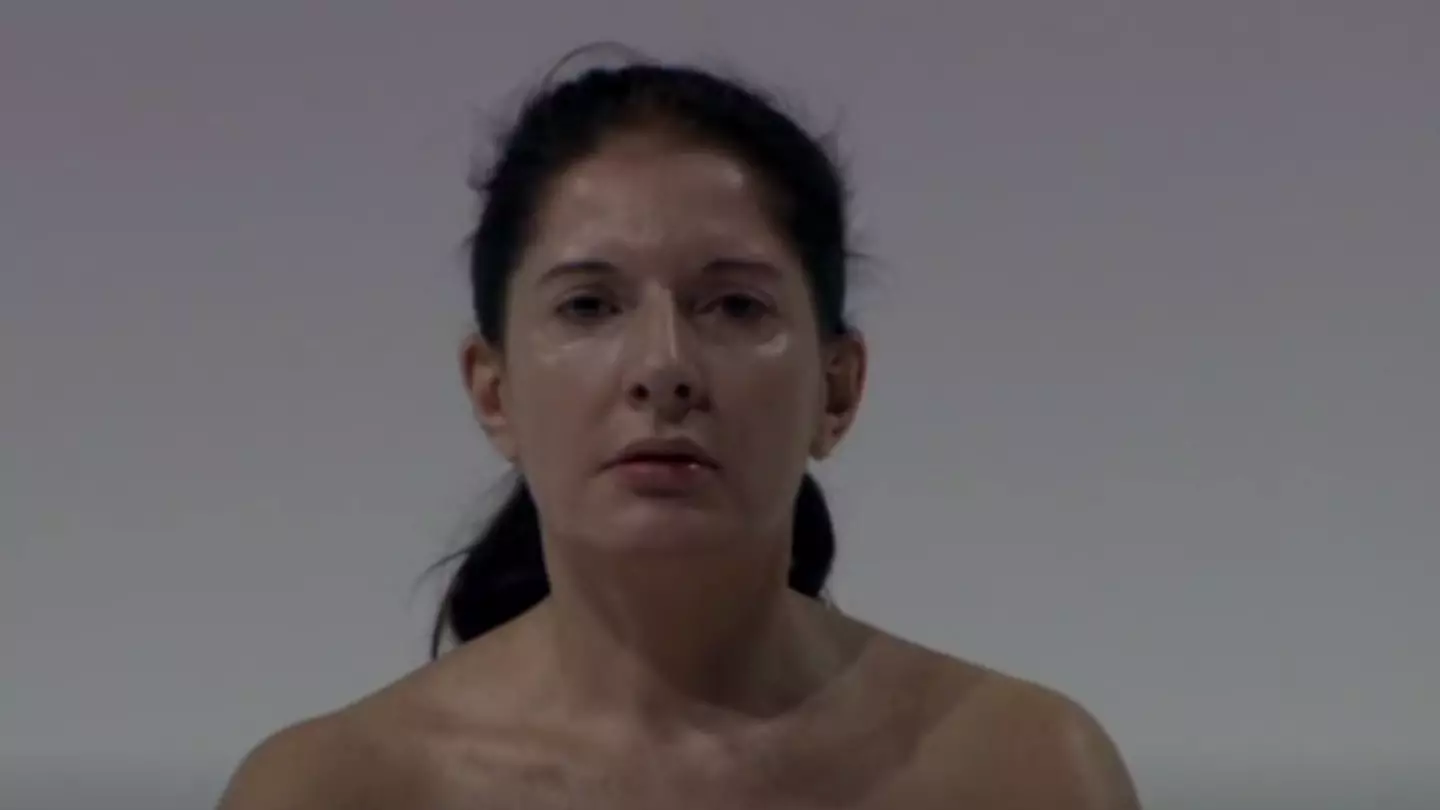


An American conversationist managed to get up close and personal with an uncontacted Amazon tribe

A rise in awareness follows the death of the UK's youngest dementia patient, aged 24

A survey revealed that younger age groups aren't as open as you'd think
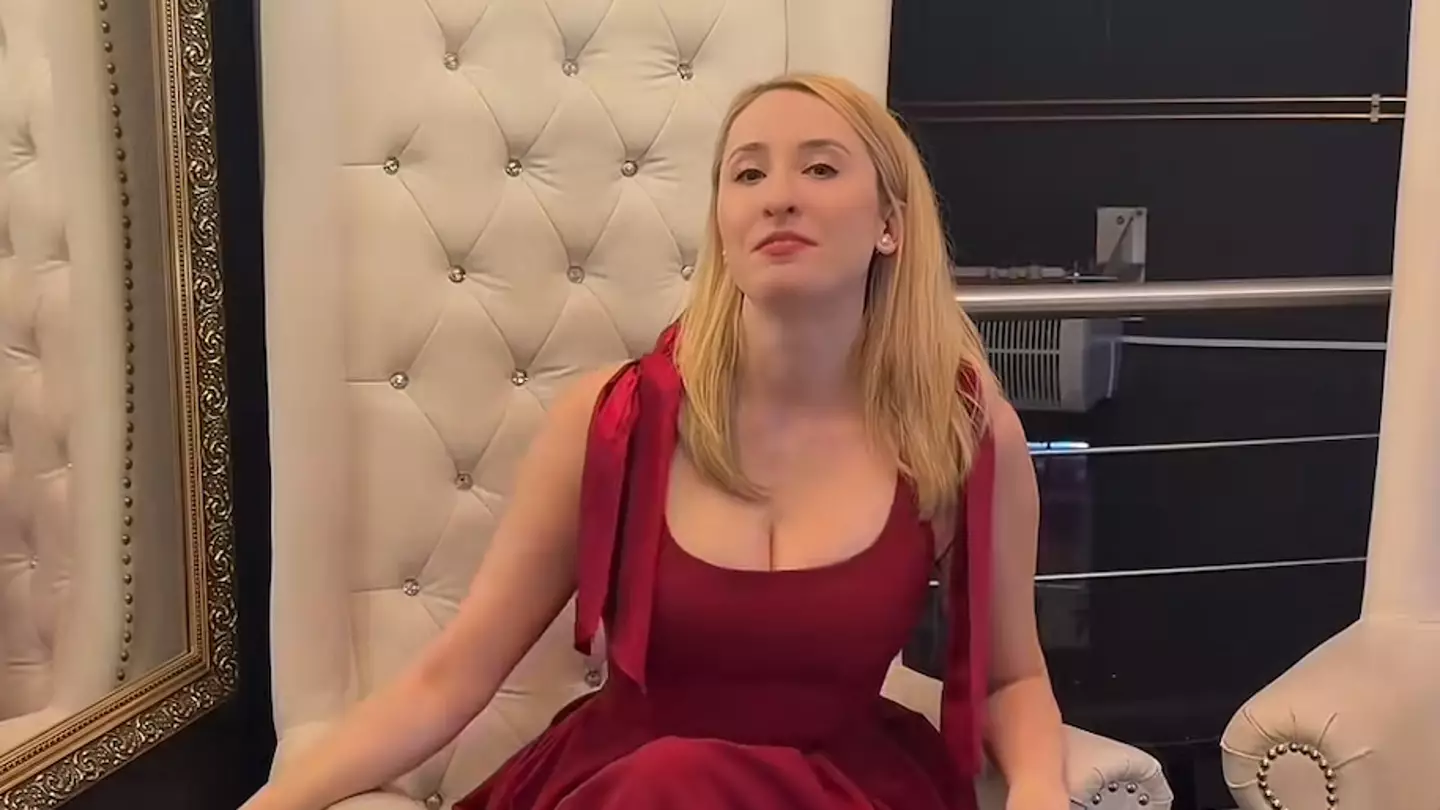
It's a fairly extensive process

A sex therapist also says it's not exactly a weird thing
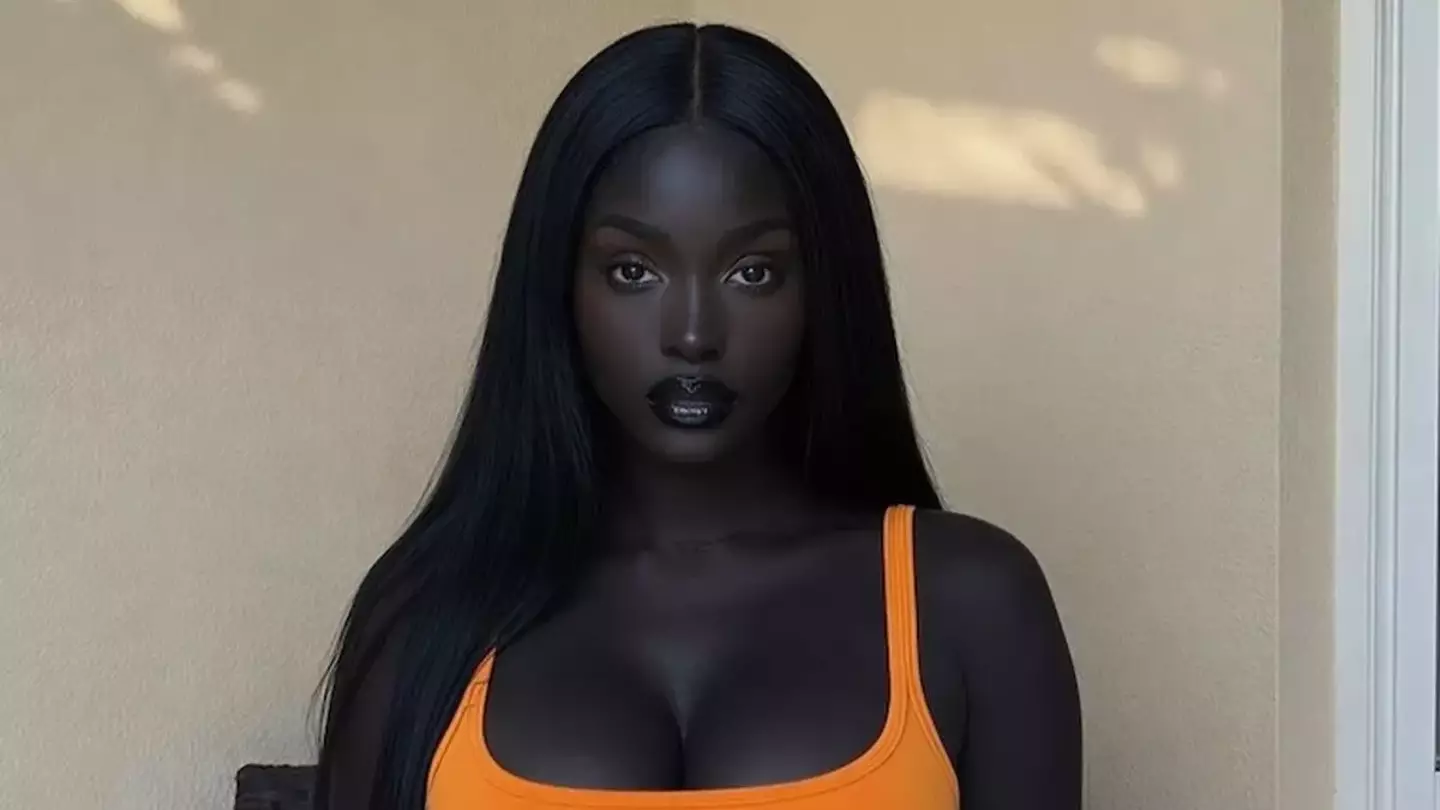
She's got over 40 million likes on TikTok
.jpg)
Babe wake up, new Gen Z insult to learn

Many men with large members share the same fear in the bedroom

John Allen Chau ignored all warnings to stay away from North Sentinel Island

Plenty of people may be incorrectly using the meds

People are divided over the new term used instead of 'sex'

Breakup guru Vanessa White said 'almost 100 percent of her clients' pick up on this red flag but choose to 'ignore' it

Tara Jones took her complaint straight to the top - and it paid off

It is estimated that around 42 percent of marriages in the UK end in divorce

You probably shouldn't do them in the bathroom either...
.png)
Using the bathroom has become a challenge for Michael

We all know somebody like this
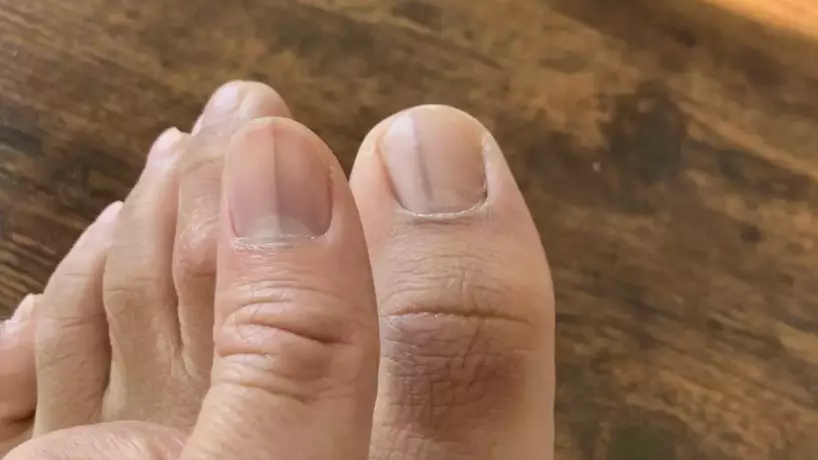
The seemingly minor symptom could very well be something more serious

She lost a lot of her friends in the process
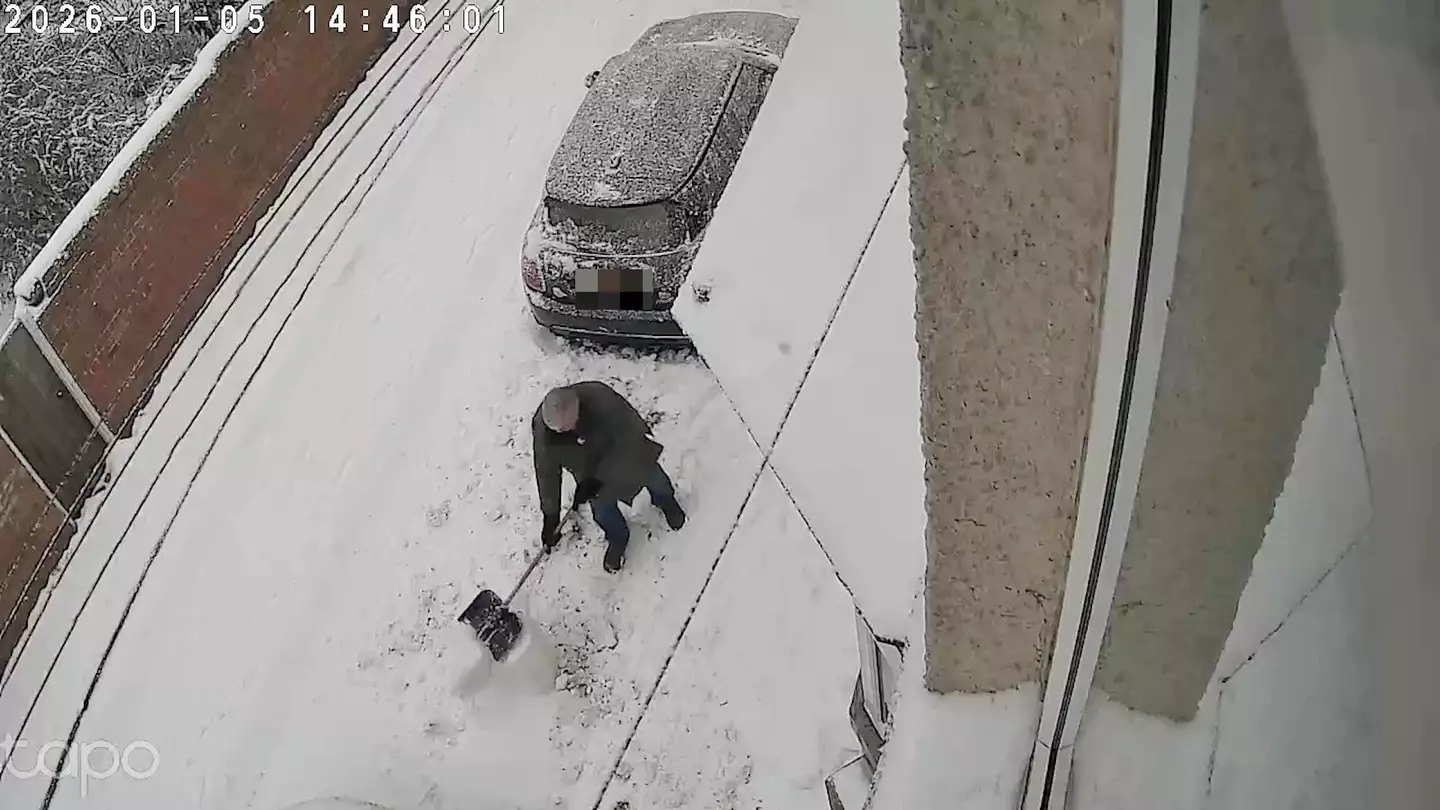
The snowman was destroyed twice, and the second time was caught on camera
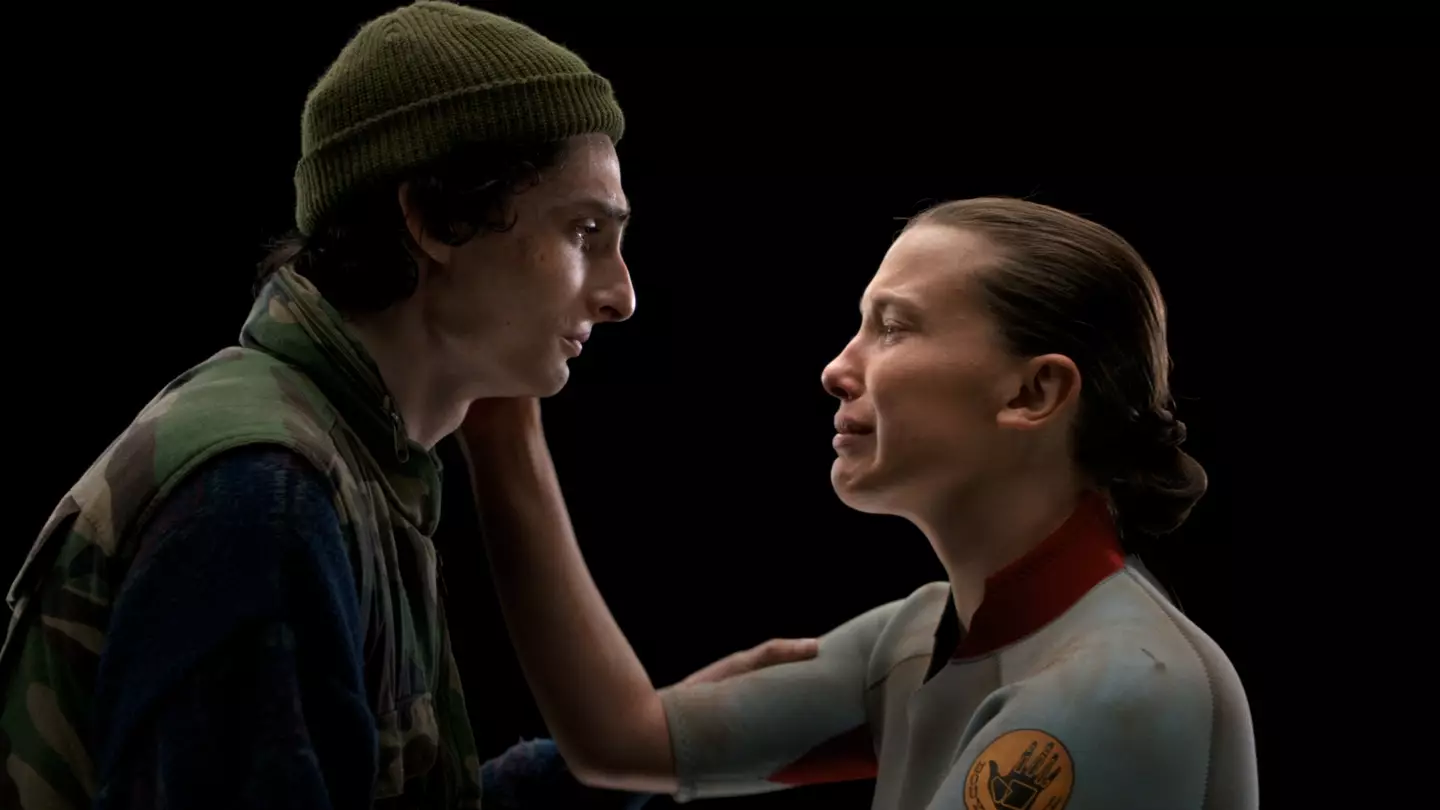
Stranger Things viral theory 'Conformity Gate' has caused the bizarre trend where people are betting on a new episode

It's not a new year without multiple predictions about an alien invasion
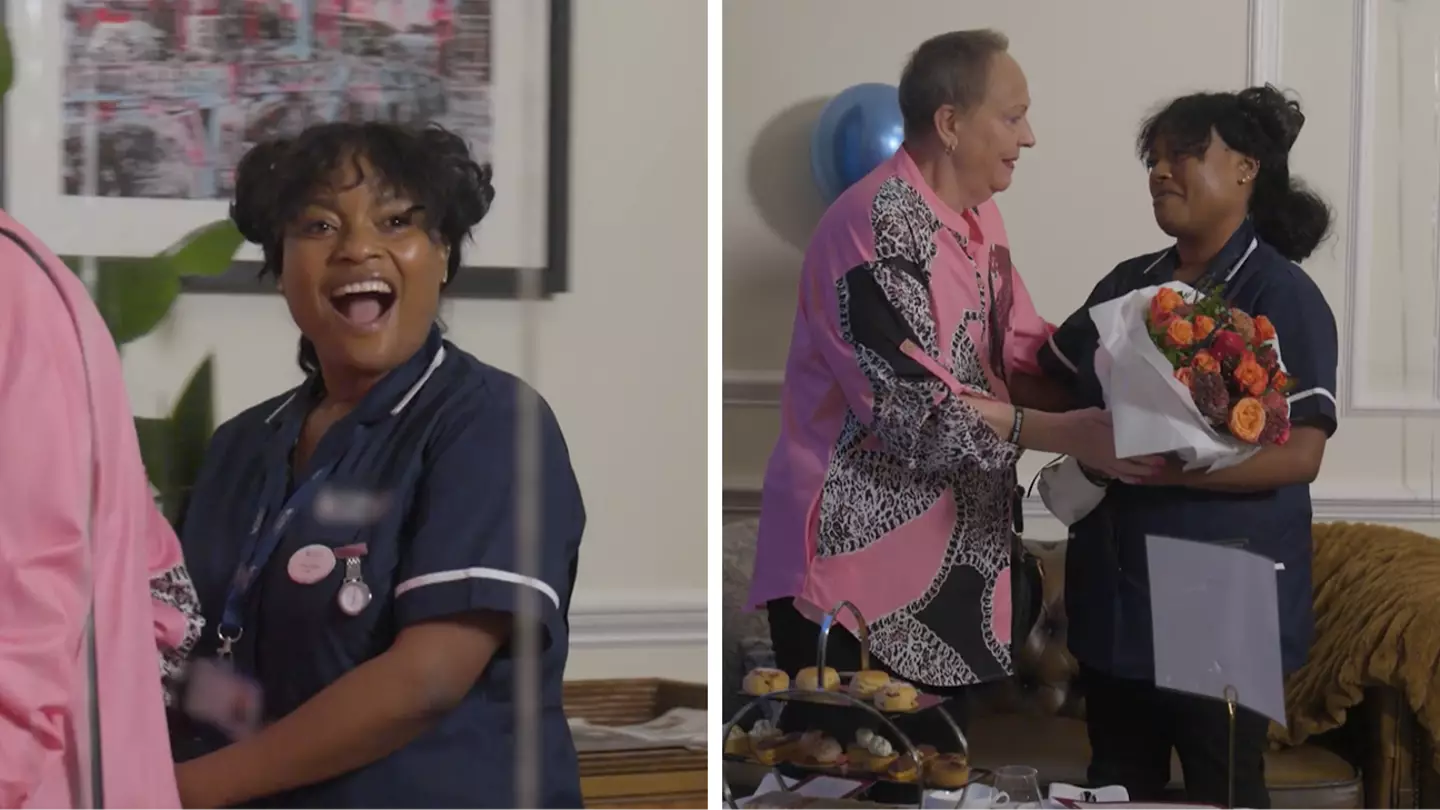
A career in care might be the best decision you’ve never thought of - read Linda and Theresa’s story
When you hear the words “care and support worker,” you might assume it’s not for you.

